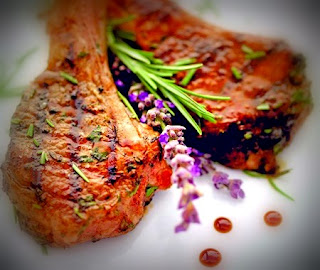Our lamb History
The word lamb comes from the German lambiz. As early as 10,000 years ago in Central Asia, man discovered that the sheep was a good source of not only food, but clothing. Sheep (Ovis aries) have long been a dietary staple as well as a textile source in Asia, Europe, Australia, and New Zealand.
In the Middle Ages, farmers learned that sheep was the most productive crop, providing meat, wool for clothing, skins for parchment, and milk for butter and cheese. Sheep provide an amazing myriad of products in the 21st century.
The first sheep were brought to North America by Spanish soldiers under the command of Cortez in 1519. The introduction of sheep into the commercial cattle herds of the western territories in the 1800s caused much bloodshed and social division. Perhaps this bad reputation is one reason why lamb did not make it as a mainstay of the American palate.
In the early 1900s, the federal government actually sanctioned genocide of certain varieties of sheep in a purported attempt to upgrade the quality of certain breeds. The Cotswold, one of the oldest breeds, was introduced to England over 2000 years ago by the Romans. Brought to the United States in 1832, the Cotswold was also the first purebred breed to be registered in the United States in 1878. This breed is now currently classified as a rare breed and is prized for its wool.
Lamb also has religious connotations. Lambs were ritually used as sacrifices in many different religions to all varieties of gods, and is still a favorite menu item for Easter and Passover.


No comments:
Post a Comment